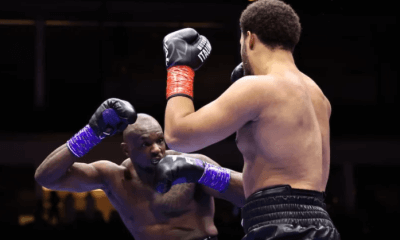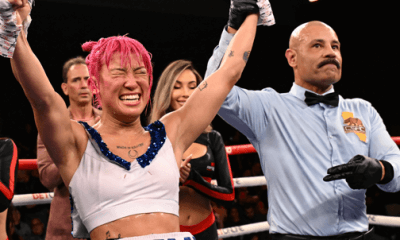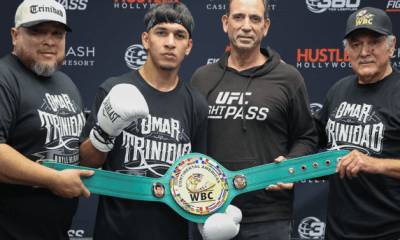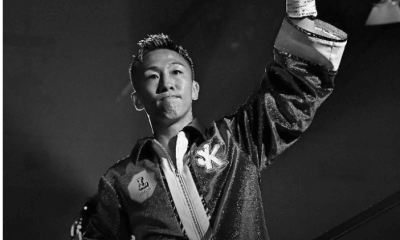Featured Articles
Errol Spence Jr. is Back, and His Priority Should Be Terence Crawford
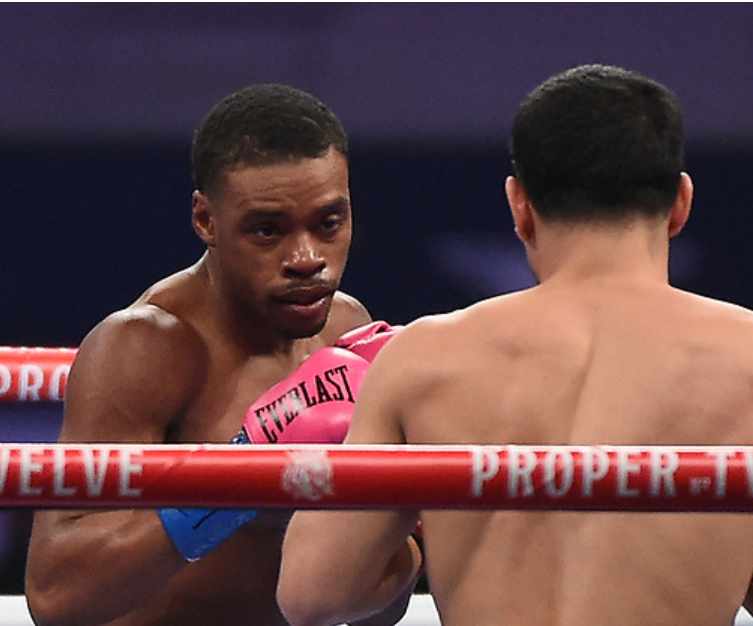
Perhaps the most prescient point made by analyst Lennox Lewis during Saturday night’s pay-per-view telecast of unified welterweight champion Errol Spence Jr.’s comeback victory over two-division former titlist Danny Garcia had nothing to do with either of the main event participants. But in a way, it did.
Now 55 and retired for these past 17½ years, Lewis, the two-time heavyweight champion and 2009 inductee into the International Boxing Hall of Fame, still is in a snit that as a pro he never got a chance to reprise his stoppage of Riddick Bowe in their gold medal super heavyweight bout of the 1988 Seoul Olympics. Nor is Lewis, who blames that glaringly blank space on his resume to Bowe and his manager, Rock Newman, alone in decrying a woulda, coulda, shoulda megafight that never advanced beyond the theoretical.
Lewis and his fellow commentators for the Premier Boxing Champions/Fox Sports PPV showdown at AT&T Stadium in Arlington, Texas, were in agreement that Spence, who had not fought since being involved in a potentially fatal car crash on October 10, 2019, if not completely back to his previous elite level, was at least mostly so.
“Errol Spence has been consistent, and persistent, with his punches,” Lewis correctly assessed after the unified IBF and WBC welterweight champion registered a clear-cut, unanimous decision over the well-regarded challenger.
“He just looked physically, mentally, like the same champion he was 15 months ago,” said Brian Kenny.
And this, from Joe Goossen: “Errol Spence has been a machine against a really, really good counterpuncher – a smart, high-IQ fighter in Danny Garcia. He’s really taken away all of his best tools from Garcia with his pressure, his relentlessness and his combination punching. Errol Spence is back.”
Ah, but back to what? Another conga line of expected victories against very good-to-excellent fighters, such as Garcia, Shawn Porter, Mikey Garcia, Lamont Peterson and Kell Brook? Or to the kind of Armageddon brawl for it all that happens all too seldom in boxing, where petty squabbles and an aversion to risk-taking can keep the most alluring of matchups forever on the drawing board?
In a very real sense, the most important figure for Spence’s ascertainment of proof that he is still the best (or maybe second best) 147-pound fighter on the planet is WBO welterweight king Terence “Bud” Crawford, the figurative Bowe to Spence’s Lewis, or maybe the other way around. A pairing of Spence (27-0, 21 KOs) and Crawford (37-0, 28 KOs) could be an updated version of the early 1980s first clashes of Sugar Ray Leonard with Thomas Hearns and Roberto Duran, which would be the kind of adrenaline jolt that the fight game periodically requires for maximum revitalization. It also could be a relative letdown, as was the case when Oscar De La Hoya and Felix Trinidad squared off in 1999 in a unification showdown that promised so much but delivered something less. But, hey, one never knows until the posturing ends and the punching begins.
With the possible exception of middleweight/super middleweight straddler Canelo Alvarez, a majority of the No. 1 designations atop those pound-for-pound lists everyone is so hot to put together go to Crawford, who obviously has ample support as the finest 147-pound fighter on the planet. Spence, on the other hand, was and is a top five P4P type who is rated as the division’s best by The Ring magazine, just ahead of Crawford. Along with a full unification heavyweight showdown of Anthony Joshua and Tyson Fury, Spence-Crawford is a guaranteed blockbuster that would harken back to that glorious heyday of the ’80s when certain fight nights captivated global interest.
The primary roadblock thus far to getting Spence and Crawford inside the ropes together has been the intransigence of Top Rank founder Bob Arum, who is aligned with ESPN and holds paper on Crawford, and Al Haymon, under whose PBC banner Spence toils. But the growing rift between Arum and Crawford suggests movement toward some sort of resolution.
Following Crawford’s relatively routine dismissal of Kell Brook via fourth-round TKO on November 14 in the Bubble at Las Vegas’ MGM Grand, Arum ripped into his fighter with words that stung Crawford more than Brooks’ punches had.
“He’s got to promote like (Teofimo) Lopez does,” Arum, whose contract with Crawford extends for two more bouts. “He’s got to promote like Shakur (Stevenson) does. Like (Floyd) Mayweather did. Like (Manny) Pacquiao did. If he doesn’t, who the f— needs him? He may be the greatest fighter in the word, but, hey, I ain’t going bankrupt promoting him … I’m no longer in the business of losing money on Terence Crawford.”
A miffed Crawford fired back at Arum, saying, “If he feels that way, he can release me now. You don’t have to wait until after a Spence fight. Release me now and you don’t have to lose any money if I am such a loss, a headache.”
Spence had too much respect for the gallant but not-quite-good-enough Garcia (36-3, 21 KOs) to ruminate about the 800-pound elephant in AT&T Stadium, namely the continuing specter of Crawford. The native of DeSoto, Texas, a suburb of Dallas, recently purchased a ranch and Spence figures he owes himself another half-year-or-so break from the ring wars so that he can mosey on over to his new spread and tend to his livestock.
“Be patient with me,” he advised fans during a post-fight interview. “I had to shake off a few cobwebs. This was a comeback fight for me, but I’ll definitely be 120% come my next fight.
“I’m gonna chill on my ranch. I have a couple of horses. I’m gonna get some more horses, get some chickens, some more cows. I need to rest a little bit.”
The bickering between Arum and Crawford aside, the likelihood is that Crawford is too valuable a TR asset to simply be cut loose before the end of his servitude. If Spence-Crawford is to happen, it may be 2022 or even later, if at all. Considering that Crawford is now 33 and Spence 30, indefinitely keeping something that seems so inevitable on the back burner could carry it past its optimal expiration date or, worse, into the perpetual limbo into which Lewis-Bowe (or Bowe-Mike Tyson, for that matter) was consigned. That would not only be a disservice to fight fans, but a dark spot on the legacies of Hall of Fame-quality fighters who should loudly demand that they settle, once and for all, who really is the contemporary king of the welterweight hill.
There is a familiar proverb, “He who hesitates is lost,” generally attributed to 18th century British essayist and poet Joseph Addison. It seems as true now as it did three centuries ago.
Photo credit: Frank Micelotta / FOX Sports
Check out more boxing news on video at the Boxing Channel
To comment on this story in the Fight Forum CLICK HERE
-
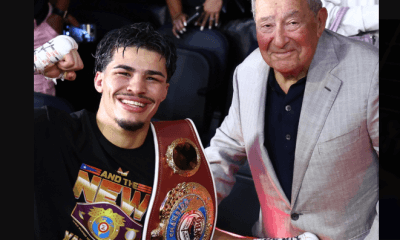
 Featured Articles3 weeks ago
Featured Articles3 weeks agoThe Hauser Report: Zayas-Garcia, Pacquiao, Usyk, and the NYSAC
-
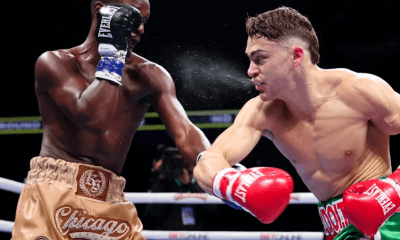
 Featured Articles2 weeks ago
Featured Articles2 weeks agoOscar Duarte and Regis Prograis Prevail on an Action-Packed Fight Card in Chicago
-
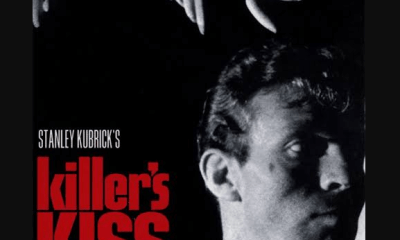
 Featured Articles1 week ago
Featured Articles1 week agoThe Hauser Report: Cinematic and Literary Notes
-
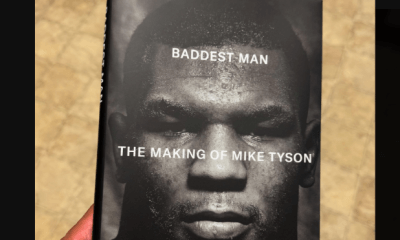
 Book Review5 days ago
Book Review5 days agoMark Kriegel’s New Book About Mike Tyson is a Must-Read
-
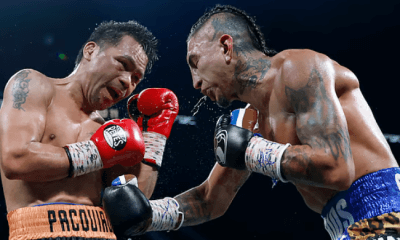
 Featured Articles4 weeks ago
Featured Articles4 weeks agoManny Pacquiao and Mario Barrios Fight to a Draw; Fundora stops Tim Tszyu
-
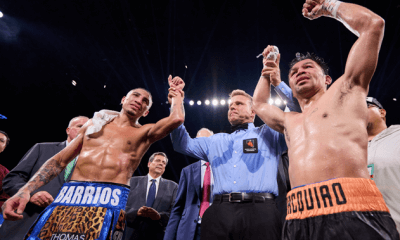
 Featured Articles4 weeks ago
Featured Articles4 weeks agoArne’s Almanac: Pacquiao-Barrios Redux
-

 Featured Articles3 weeks ago
Featured Articles3 weeks agoRemembering Dwight Muhammad Qawi (1953-2025) and his Triumphant Return to Prison
-
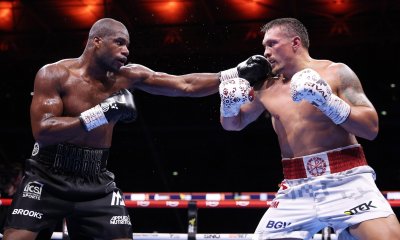
 Featured Articles4 weeks ago
Featured Articles4 weeks agoOleksandr Usyk Continues to Amaze; KOs Daniel Dubois in 5 One-Sided Rounds


